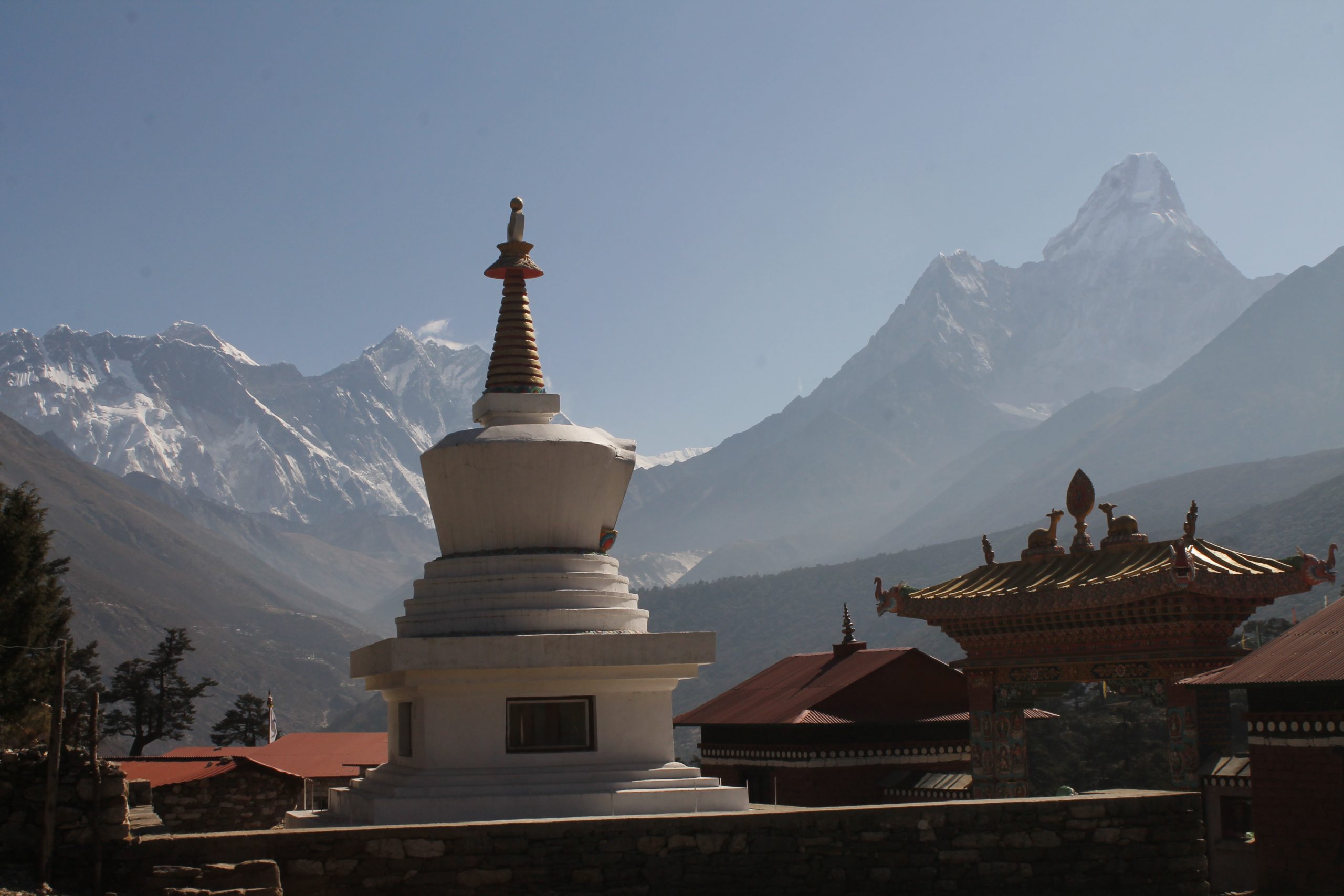Altitude illness refers to the spectrum of diseases that occurs at high altitude (above 2,500 meters) as a result of failure to acclimatization. Altitude illness primarily involves following three syndromes:
- Acute Mountain Sickness (AMS)
- High Altitude Cerebral Edema (HACE)
- High Altitude Pulmonary Edema (HAPE)
Before jumping into these diseases per se let’s briefly recall some physics at high altitude. Basic physics says, with the gain in altitude the atmospheric/air pressure decreases but the percentage of the oxygen (21%) in the atmosphere remains constant. This results in decrease in the pressure exerted by the oxygen which is known as partial pressure of oxygen. As a result, the amount of the oxygen available for the exchange during ventilation decreases resulting in decrease in oxygen (hypoxemia) in the human body. This hypoxemia stimulates our body to make changes to adjust to this hypoxic environment. This is called acclimatization. And, the failure to acclimatize results in some form of altitude illness.
Acute mountain sickness (AMS):
AMS is a very common reversible condition that is characterized by headache plus any of these (fatigue, nausea/vomiting/loss of appetite, dizziness and sleep disturbance). These symptoms are similar to “HANGOVER“. Based on the severity of these symptoms it is classified as mild, moderate and severe.
Mild AMS can be treated in the same altitude with extra day or a couple of days to acclimatize along with treatment with acetazolamide and other supportive medications. However, moderate to severe form of disease needs immediate descent.
High altitude cerebral edema (HACE):
HACE is the swelling of the brain which is characterized by symptoms of AMS along with some form of neurological involvement like blurring of vision, irritability, confusion, disorientation, inability to walk in straight line, etc. This is potentially fatal form of altitude illness and requires immediate descent. If anyone looks like DRUNK then think of HACE!
High altitude pulmonary edema (HAPE):
HAPE is the swelling of the lungs which is characterized by the cough, non-exertional (at rest) breathlessness, fatigue, blood in sputum, chest pain, etc. This is also potentially fatal condition and requires immediate descent.
What causes altitude illness?
- Rapid ascent to high altitude
- Sleeping altitude >500 meters/day and lack of rest days after climbing >1000 meters
- Over exertion
- Dehydration
- Past history of altitude illness
What to do if I get altitude illness?
- Stop further ascend (Don’t use horse/donkey to climb up) and start to climb down if symptoms are worst
- Start acetazolamide if you have any (250 mg)
- Take painkillers for headache (Paracetamol/acetaminophen, ibuprofen)
- Hydrate adequately
- ALWAYS ACCOMPANY SICK ONES WHILE COMING DOWN
How to prevent altitude illness?
- Slow and gradual ascend (300-500 meters) sleeping altitude every day with rest day after 1,000 meters climb
- Avoiding over exertion
- Adequate hydration
- Avoid alcohol and sedatives
Listening to your body’s response, following the simple rule of slow and gradual ascend and giving adequate time to acclimatize is key to success in the mountains! Keep hydrated, fresh and make your trip to mountains memorable, joyful and spiritual.
Safe travels!
Dr. Santosh Baniya, MD (April, 2022)









